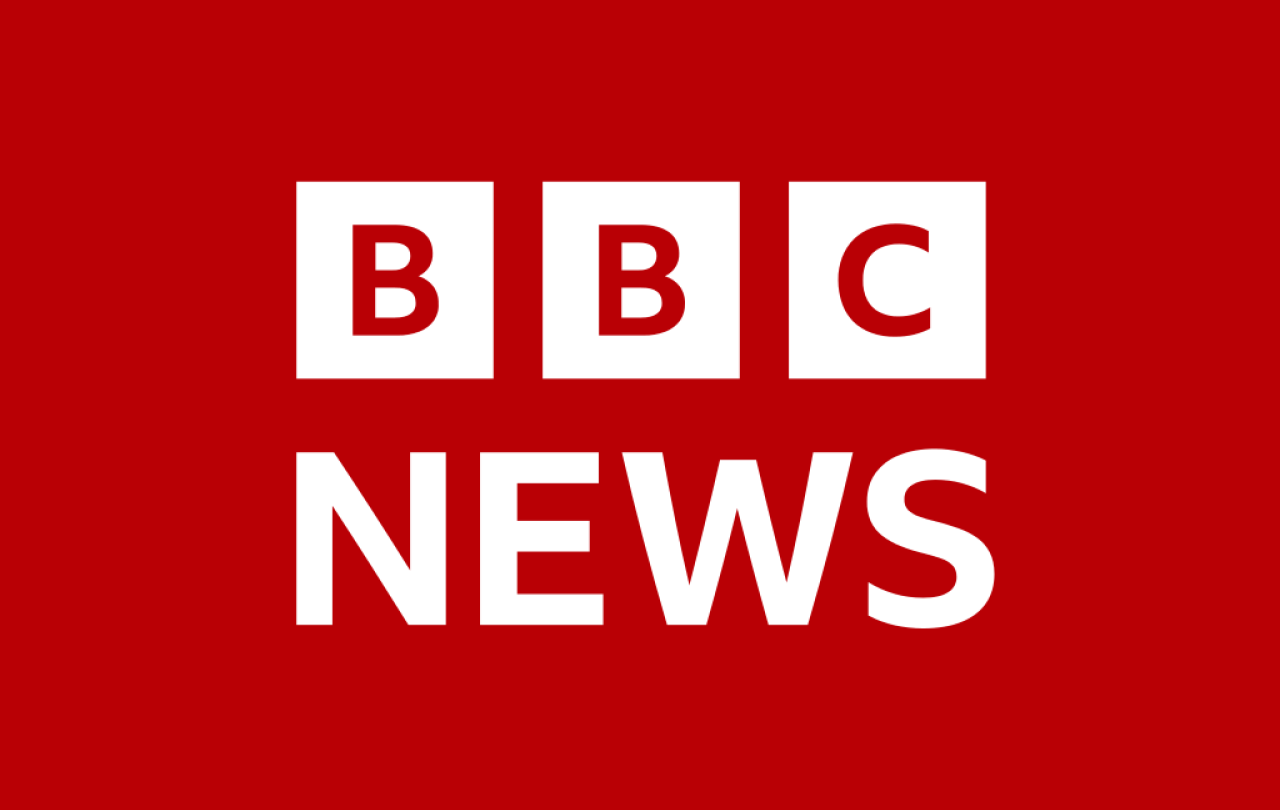
I never thought that God could miss me, but recently I’ve begun to wonder if he does.
Is there a person in your life that you just love spending time with? Maybe this person is a family member, a friend, colleague, neighbor, or maybe your spouse. As time has gone on in your life you now realize how special that person is to you. You think of the ease, the peace, the low heartbeat, lightheartedness, and depth of feeling that you’ve experienced all in simply being with that person and spending time with them.
As you think of that person, can you remember a time when there was a longer-than-usual gap between your visits? Maybe weeks, months, years. What was it like when you met up or talked to this special friend of yours after the hiatus? What did it feel like?
I have someone like this. His name is Andrew. He is my cousin, but I’ve generally thought of him as the brother I never had. We grew up together separated by only one year in age. My childhood is filled with memories of playing with him in different sports, games, wrestling, arguing, disagreeing, pranking each other, late-night fast-food runs, (which I no longer recommend), and eventually working long shifts on low sleep together. We were in each other’s wedding parties. We have experienced a lot of life together.
As time has gone on, and I now live on the other side of the continent, we have not been able to see each other as often as we would like.
But recently, he had a special work trip close to the Pacific Northwest, so he made time for a short stay with us near Seattle. On one day, I took him out for street tacos near the ocean and we were able to get some unhurried time to catch up. Throughout his visit I just kept thinking how much I had missed spending time with Andrew. He and I both expressed as much.
If you have just one of those friendships in life, you have hit the ball out of the park. And if you have two or three of those friendships, you’ve hit a grand slam. These friendships are unique.
For me, one of the most striking and poignant questions throughout the Bible is when God asks Adam “Where are you?”
As a theologian by education, I often think of these relational traits when it comes to God. Fundamental to Christian belief is that we can, despite how infinitely different he is to us, relate to God. There is a great deal of mystery to this idea, to be sure, but I’ve wondered long and hard what this looks like. In the long history of Christian thought, scholars, pastors, and theologians have pointed to Jesus Christ to help make sense of this massive, otherworldly concept.
The Hebrew Scriptures reveal what God is like in creation, miracles, acts of grace, displays of power and many other aspects. But when we are searching to understand how God relates to us as human beings, it is Jesus Christ who gives us the primary lens through which we can understand that quality of relationship. The interactions he has with his friends, leaders, children, and teachers are especially revealing. The way he heals people, enjoys meals with others, gives time to the outsiders, and speaks to the uptight religious types is all very instructive in how God relates to us as human beings.
Over the last few years, I have become increasingly interested in the questions that Jesus asks people. Jesus’s questions reveal to us what he is like.
“Why do you call me good?”
“Who do you say that I am?”
“Whose image is on this coin?”
“Will you also leave me?”
“What do you want me to do for you?”
These and many more have caused me to explore further the questions that God asks people because maybe his questions, sometimes more than his statements, reveal what makes him different.
For me, one of the most striking and poignant questions throughout the Bible is when God asks Adam “Where are you?” Since childhood I’ve wondered what God was doing in asking that question. God was not asking a geographical question; it’s not as though his internal GPS was confused in the garden of Eden. But if not a geography question, was God then playing an intellectual game with Adam and Eve? Perhaps, but that is increasingly doubtful, given the enormous stakes in that narrative (brokenness had just entered the world) as well as the message we read throughout the rest of the Bible: God takes people seriously.
Recently I wrote to my friend and leading Old Testament scholar Bruce Waltke to see what he thought about God’s question to Adam. Perhaps you’ll find an excerpt of his answer as enlightening as I have:
The omniscient God is not asking because he does not know. He is asking a real question -- this is not a charade -- to show his involvement with Adam--both an historical and archetype of humanity -- to provoke him to engage with him in dialogue. In short, God misses his fellowship.
God is asking Adam where he is because he misses him.
Waltke’s answer to my question makes God’s question to Adam into a sign of his love for Adam, and he goes further to explain that this dialogue is “an historical and archetype of humanity”. If nothing else, it means that this is the way in which God views his relationship with us. God enjoys being with us and interacting with us. And when the relationship grows cold, he misses us.
Could it be possible that when we move away from God, he notices? He misses us?
The British writer Julian Barnes begins his poignant memoir Nothing to Be Frightened Of with the words, “I do not believe in God, but I miss him.” Those words set the tone for a book in which Barnes writes about his complicated and fraught relationship with the transcendent. In his book, Barnes expresses his curiosity about what God is like. And amidst the deep and rich thoughts woven throughout the book, the reader never encounters the idea that while Barnes misses God, it might also be true that the God on the other side of the equation misses him.
To be honest, in all my thinking about God, it is just now that I am beginning to ponder the thought that when I move away from God on some level, he misses me. Could it really be possible that the God of creation misses me?
Could it be possible that when we move away from God, he notices? He misses us? God’s question to Adam, punctuated by Christ the Lord restoring the severed relationship through his death on the cross and resurrection, demonstrates God’s great capacity to love us.
As we approach Easter, wherever we might find ourselves on the spectrum of belief: whether we attend church, synagogue, temple, mosque or none; whether we have faith -- a little faith, beleaguered faith, or no faith -- the story of God asking that penetrating question to Adam and ultimately coming to us in Christ is the supreme portrait of what God is like. Easter reminds us that the nature of God’s love is such that when we walk away, God feels that loss, he misses us, and he comes looking for us.





